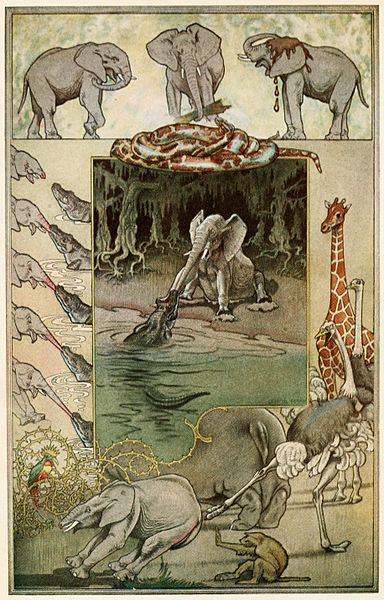In many ways popular romance novels are extremely emotional: they're about love, which is a very strong emotion. And yet, during a recent conversation on Twitter, Meoskop suggested that "there is a strong pressure in the genre to suppress personal emotions for socially prescribed reasons." As evidence, she pointed to the number of times one protagonist will attempt to convince the other to "see what’s good for you" and the plot endorses that emotional coersion.
Pressure to "suppress personal emotions for socially prescribed reasons" may also be applied via the depiction of the protagonists. Take a look, for example, at some of the "magical ingredients" in Adrienne deWolfe's recipe for creating romance heroines who appeal to readers:
She demonstrates a healthy self-respect. A heroic woman would not let the volatile emotions of bullies or toxic personalities hold her “hostage” for long. She has the courage of her convictions, and she will walk away from personal or professional relationships that sabotage her greater good.
During times of hardship, she draws upon deep internal reserves (faith, self-love, self-esteem, etc.) to maintain a positive outlook and to maintain her determination to achieve her goals. [...]
She is resourceful and resilient. She puts on her "big girl panties" when she is blindsided by crisis or thrown into situations that are completely alien to her. A heroic woman would never dissolve into a whiny, weepy, neurotic mess under stress!
Elly, the heroine of LaVyrle Spencer's Morning Glory is an example of this type of heroine. Although she does have low self-esteem to some extent due to a childhood full of neglect and bullying, she has walked away from those who hurt her, drawn on her internal reserves to bring up her two children alone and she has stayed strong despite becoming a widow while pregnant with her third child. When Will Parker remarks
"You never complain about anything, do you?"
It was subtle praise, but no poetry could have pleased her more. (138)
I'm sure this kind of heroine is inspiring to many readers but I can't relate very well to her. For one thing, I do complain, frequently, and I know I wouldn't be able to cope well in her situation. I also wonder how healthy it is to remain uncomplaining and maintain the appearance of strength. In Morning Glory itself, Will has trouble coming to terms with the horrors of war until he finally breaks down, cries, and tells Elly about it; this may not be labelled "complaining" but all the same it's stated that "He needed to voice his rage, work it out like pus from a festering wound" (314).
Staying "strong" can take its toll on people. For example,
Traditional notions of masculinity mean that men are supposed to be tough and self-reliant; that they manage pain and take charge of situations. It’s a sign of weakness to need help or depend on someone else, even for a short time or in a time of crisis.
This traditional view of how men should be – always tough and self-reliant – is also held by some women. Some men worry that if they talk about their feelings of depression, their partner may reject them. This can make it hard for men to acknowledge they have a health problem, especially a mental health problem. (Ogrodniczuk and Oliffe)
Men are not the only ones damaged by pressure to remain "strong" and to avoid turning "into a whiny, weepy, neurotic mess under stress":
Black women’s indomitable, unyielding strength in the face of unreasonable privation is one of our most dearly held cultural and national myths. Our ability to make a way out of no way seems like magic. We invoke this façade of strength as though it could actually materially replace the lack of care, the lack of outrage, the lack of social policy that could actually help black women and girls not to repeatedly succumb to severe poverty, mental illness, plain old racism and sexism, and disability. [...] Sometimes that badge of resilience that we hold up with so much pride impedes our ability to get the help we need. (Cooper)
Suffering stoically, then, can come at a serious personal and social price:
When survival is touted as an aspiration, sacrifice becomes a virtue. But a hero is not a person who suffers. A suffering person is a person who suffers.
If you suffer in the proper way - silently, or with proclaimed fealty to institutions - then you are a hard worker "paying your dues". If you suffer in a way that shows your pain, that breaks your silence, then you are a complainer - and you are said to deserve your fate. [...]
People can always make choices. But the choices of today’s workers are increasingly limited. Survival is not only a matter of money, it is a matter of mentality - of not mistaking bad luck for bad character, of not mistaking lost opportunities for opportunities that were never really there.
I'd add that it's "mistaking bad luck for bad character" to assume it's only the unworthy and the non-heroic who find themselves in situations from which they can't "walk away," whose "deep internal reserves" run dry, and who find themselves unable to cope with stress. In addition, as Kendzior suggests, an individual's success or failure cannot be seen independently of the broader social and economic context in which they find themselves.
Spencer's novel is set in an America
just emerging from the jaws of depression, [...] still overrun with tramps, worthless vagrants who'd deserted their families and rode the flatcars aimlessly, begging for handouts at random doorsteps. (29)
Pauline Kael, a film critic who lived through the period, took a rather different view:
When I attended Berkeley in 1936, so many of the kids had actually lost their fathers. They had wandered off in disgrace because they couldn't support their families. Other fathers had killed themselves so the family could have the insurance. Families had totally broken down. Each father took it as his personal failure. These middle class men apparently had no social sense of what was going on, so they killed themselves.
I often feel as though society, and consequently romance novels, take a very individualised view of personal success and failure which discourages social and economic critique. So I won't be putting on "big girl panties" any time soon: I'll be over here, interspersing my praise of the romance genre with complaints.
-----
Cooper, Brittney. "A Black Girl's Constant Fear: Why I Thought I'd Never Live to See 33." Salon. 15 April 2014.
deWolfe, Adrienne. "Writing Heroines Romance Readers Admire." Juanita Kees' Blog, 14 January.
Kael, Pauline, "Campus Life" as excerpted from Stud Terkels' Hard Times: An Oral History of the Great Depression by the Social Studies Help Center.
Kendzior, Sarah. "Surviving the Post-employment Economy." 3 Nov. 2013. Al-Jazeera.
Ogrodniczuk, John and John Oliffe. "The Strong, Silent Type: Is Masculinity Bad for Men's Mental Health?" CrossCurrents 13.4 (2010).
Spencer, LaVyrle. Morning Glory. 1989. New York: Jove, 1990.
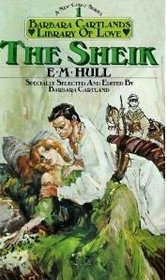

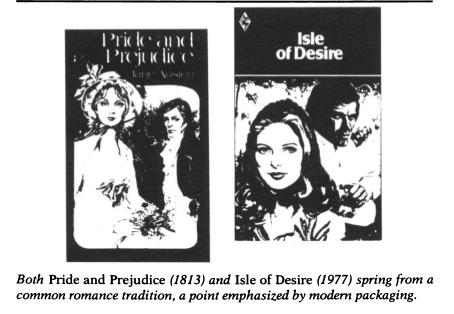
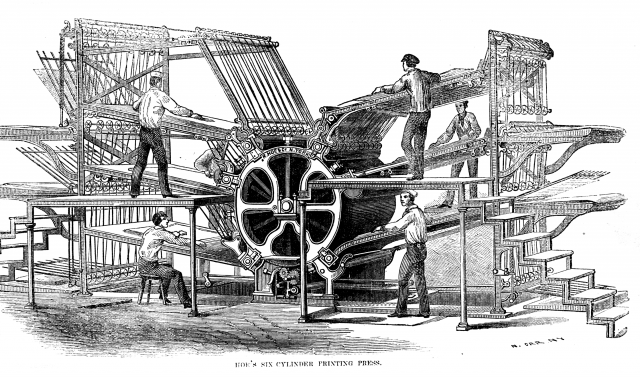
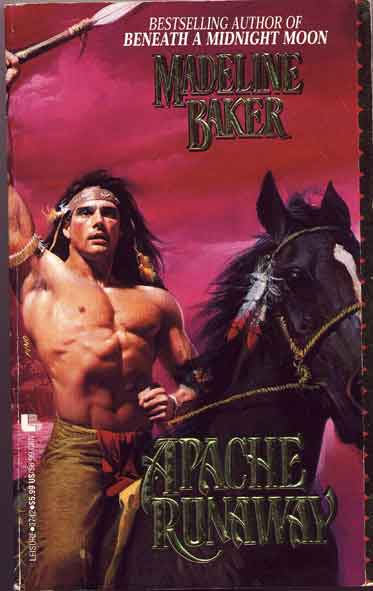 It seems to me that the heyday of the Native American historical romance is past. I may well be wrong, though, given that I'm in the UK and am therefore dependent on US review sites and the vagaries of Amazon.com's categorisation system for my information about this. In the 1990s, however, this area of romance was flourishing and attracting academic attention.
It seems to me that the heyday of the Native American historical romance is past. I may well be wrong, though, given that I'm in the UK and am therefore dependent on US review sites and the vagaries of Amazon.com's categorisation system for my information about this. In the 1990s, however, this area of romance was flourishing and attracting academic attention.
